Price:₹15,500.00
Tarsar Marsar Trek – Explore Kashmir’s Most Beautiful Alpine Lakes
Tarsar Marsar Trek These twin alpine lakes are the main attraction of the trek. Both are surrounded by lush green meadows,in Kashmir Aru Valley 2025. Tarsar Marsar Trek lies in the fascinating beauty of Kashmir Valley which is well known across the globe. Therefore, on Tarsar Marsar Lake Trek go deep in the heart of Kashmir and get different experiences of Trekking in India.
During the trek, get a chance to camp beside the serene bluish alpine lakes. And, all the way to Tarsar get multiple sights of the same Lake.Marsar Lake is the highest point of the trek at 13,201 feet (4,024 meters). On the other hand, Marsar which remains hidden under a sheet of clouds. Witness its splendor from an overhang lying below 600-700 feet. But, the lake can only be seen until the clouds are clear. So, certainly, Tarsar Marsar is the prettiest lake in India.
The trail hides in a thick blanket of snow and green valley. The lush verdant forests turn white making it a small wonderland! The Tarsar Marsar trek is not only for experienced trekkers but for amateurs and children too families, School groups.
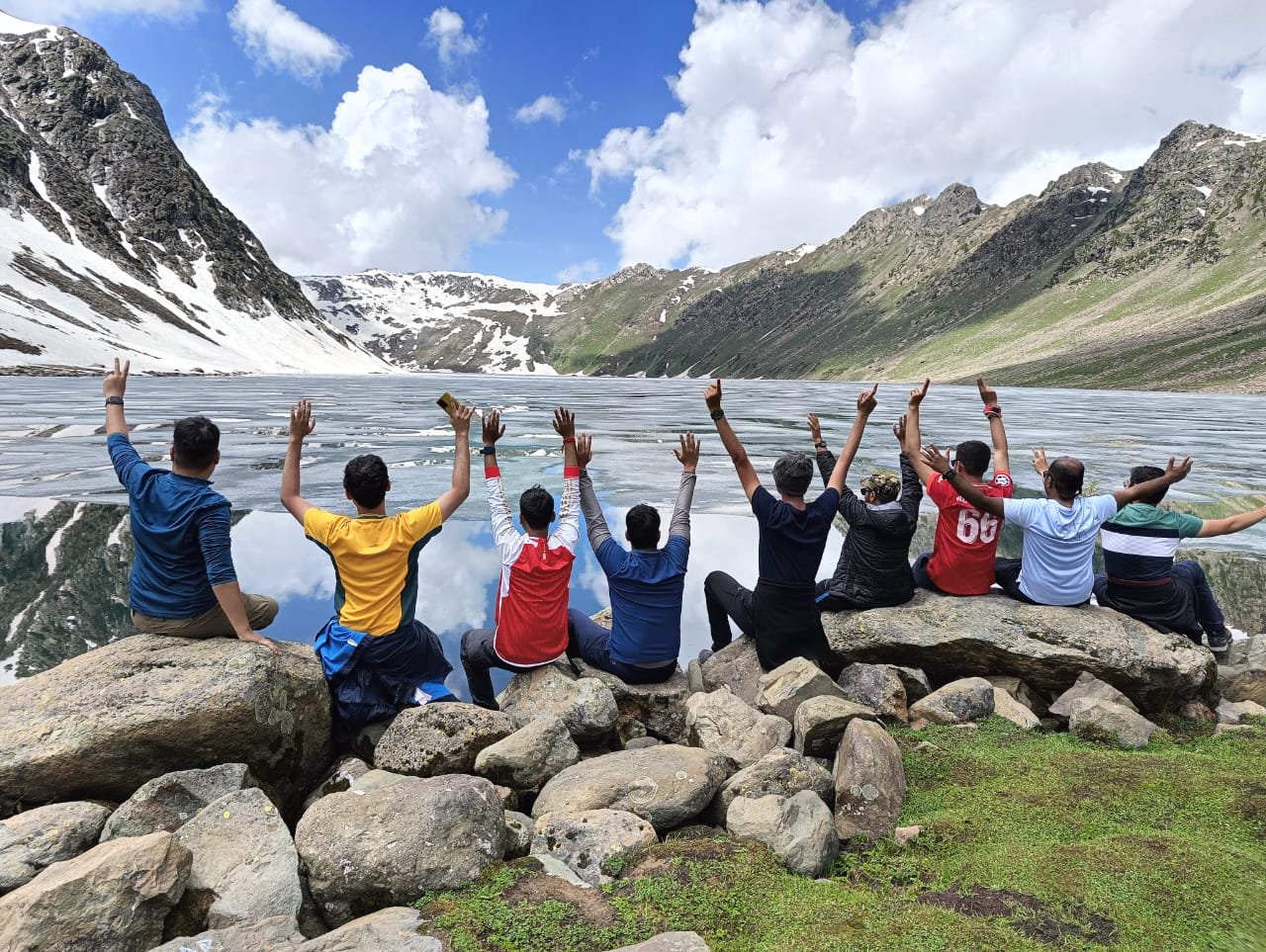
Tarsar Marsar Trek Itinerary – A Day-by-Day Adventure Guide
Day 1 – Pickup to you from Srinagar TRC office 1:00 pm – Drive to Aru village – 112 Km (4/5 Hours (7958 feet) overnight stay Home stay
Day 2 – Trek from Aru village to Lidderwat (10 km) (5/6 Hours) (9136 feet) overnight stay at camp
Day 3 – Trek from Lidderwat to Shekwas camp (06 km) (4/5 Hours) (11089 feet) (overnight stay our campsite
Day 4 – Trek from Shekwas camp to Tarsar Lake (05 km) (3/4 Hours) (12500 feet) overnight stay camp.
Day 5 – Trek from Tarsar Lake to Sundersar camp (05 km) (3/4 Hours) (12978 Feet) overnight stay camp
Day 6 – Trek from Sundersar camp to visit Marsar Lake go to Homwas camp (09 km) (6/7 Hours) (11500 Feet) overnight stay camp
Day 7 – Trek from Homwas to Aru Village (13km) same day drive to Srinagar by taxi (112 km) – 4/5 Hours
Top Scenic Highlights Along the Tarsar Marsar Trek
Aru Valley: The trek starts from the picturesque Aru Valley, located about 12 km from the town of Pahalgam.
Lidderwat: After crossing the Lidder River, the trek leads to Lidderwat, a beautiful meadow surrounded by towering mountains.
Sheeshnag: The next stop is Sheeshnag, a glacial lake nestled amidst the mountains. The lake is named after the seven peaks that surround it, which are said to resemble the heads of a mythical creature.
Tarsar Lake: The highlight of the trek is Tarsar Lake, a stunning high-altitude lake located at an elevation of 3,962 meters. The lake is surrounded by lush green meadows and snow-capped peaks, and is a popular camping site.
Marsar Lake: After Tarsar, the trek leads to Marsar Lake, another high-altitude lake situated at an elevation of 3,798 meters. The lake is known for its crystal-clear blue waters and is surrounded by snow-covered mountains.
Homwas: The trek ends at Homwas, a small village located on the banks of the Wangath River.
Overall, the Tarsar Marsar Trek is a challenging but rewarding trek that offers stunning views of some of the most beautiful landscapes in the Kashmir Valley region.
Key Highlights of Tarsar Marsar Trek
- Tarsar Marsar Lakes: These twin alpine lakes are the main attraction of the trek. Both are surrounded by lush green meadows, with Tarsar Lake being more accessible and Marsar Lake offering a sense of mystery, as it’s often shrouded in mist.
- Kashmir’s Natural Beauty: The trek takes you through lush valleys, dense pine forests, and vast grasslands. The landscape is often compared to a postcard image of Kashmir.
- Wildflower Meadows: In the summer, you’ll walk through meadows blooming with wildflowers, adding a colorful and picturesque element to the journey.
- Shepherd Culture: The trek crosses many gujjar settlements, giving you a glimpse of the traditional shepherd lifestyle of the local communities.
- Tarsar Marsar Trek Difficulty Level: The Tarsar Marsar Trek is suitable for trekkers with moderate trekking experience, offering a good balance of adventure and natural beauty without being too technically challenging.
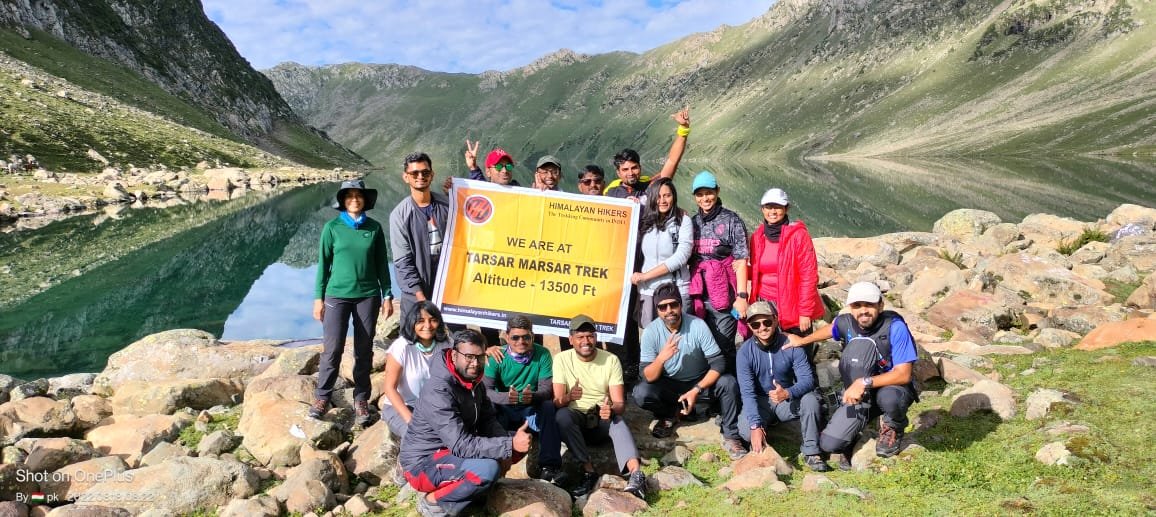
The Best Campsites You’ll Experience on the Tarsar Marsar Trek
The first highlight of this trek is camping beside snow-fed alpine lakes which is the most important and best part of this trek. In addition, witness the changing colors of the lakes as the sun shines upon them. Do not miss the spellbinding sunset and sunrise views over the Lake at Tarsar and Sundersar campsites.
Moreover, explore the amazing clearings lying after the dense coniferous forests and spot few Gujjar huts on the way.
Best Time to visit Tarsar Marsar Trek
Tarsar marsar trek is a very beautiful and moderate trek in the Kashmir aru Valley, The Tarsar marsar Trek is great for those people who have a great passion for mountaineering. Hills and consider it a special purpose in their life.
We are are doing this trek for years, we have every experience related to this trek. The right time to do this trek is from 5th June to the last of September, especially in the months of June, green and colorful bugyal meadows, snow is found in abundance here, which makes your trek very memorable
During the day the temperature of tarsar marsar trek is around ( 05°C to 15 °C and during the night the temperature comes down to 03 °C to 05 °C which is not bad.
You will never consider yourself boring in tarsar marsar Trek, this trek can give you nothing but joy, You will get to see the culture and beauty of Kashmir valley in this trek which will always keep you connected towards the mountain.
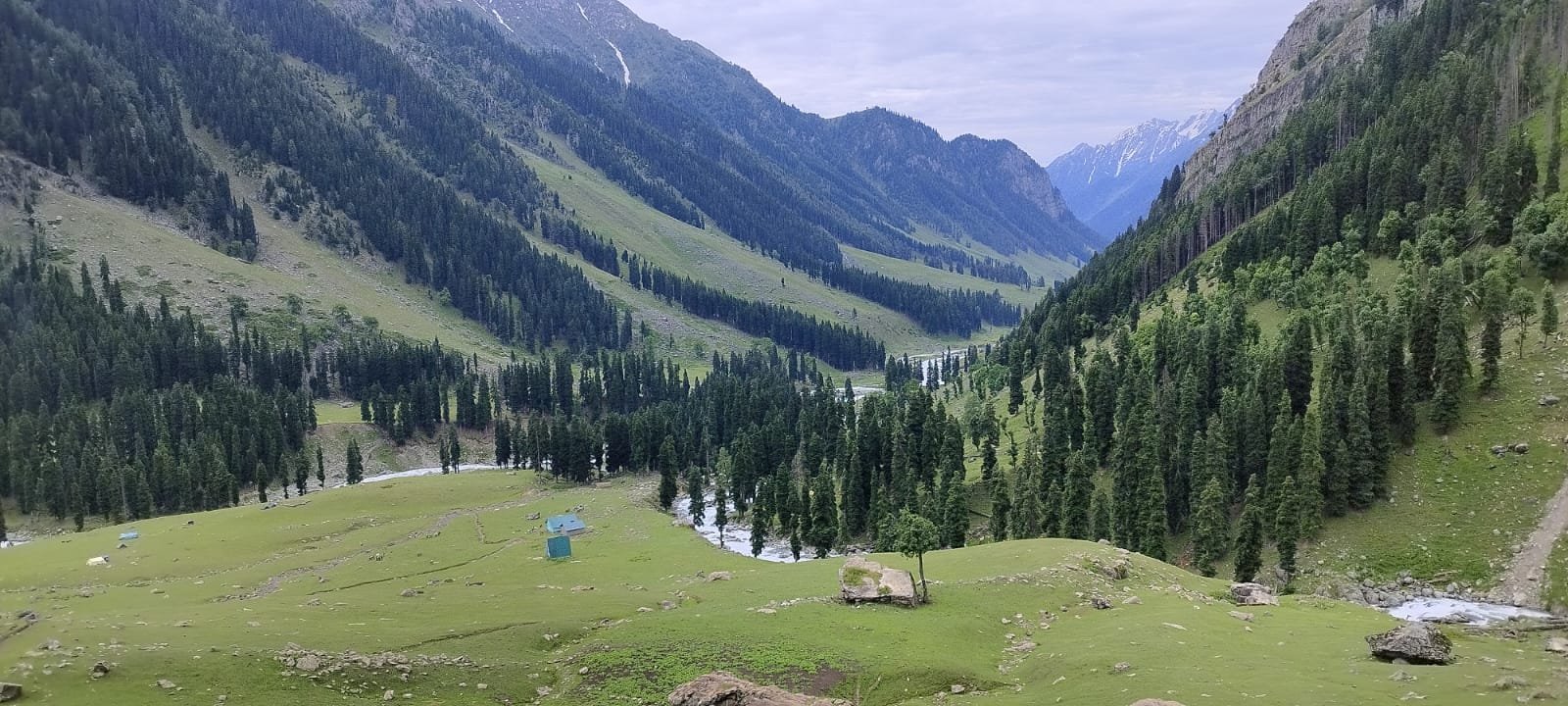
Aru Base Camp & Exotic Grasslands in Tarsar Marsar Trek
Aru is the base camp of Tarsar Marsar trek, it is a small idyllic village surrounded by lavish grasslands. The village is famous because of some cottages, poplar trees, and a rivulet flowing through this village’s heart.
The Aru villagers so heartily welcome trekkers that they surely come again to do another trek. The nature of Kashmir – meadows, rivers, streams, birds, animals and flowers everything is attracting people to visit it. Really, Jammu and Kashmir valley is no less than a paradise which is also known as the Taj of India
Before, Sundersar campsite, pass through wide Jagmargi grasslands. Therefore, get amazed by its pulchritude because the wide grasslands are surrounded by mountains and a small rivulet flows through the pristine valley blooming with colorful flowers in yellow, blue and pink shades.
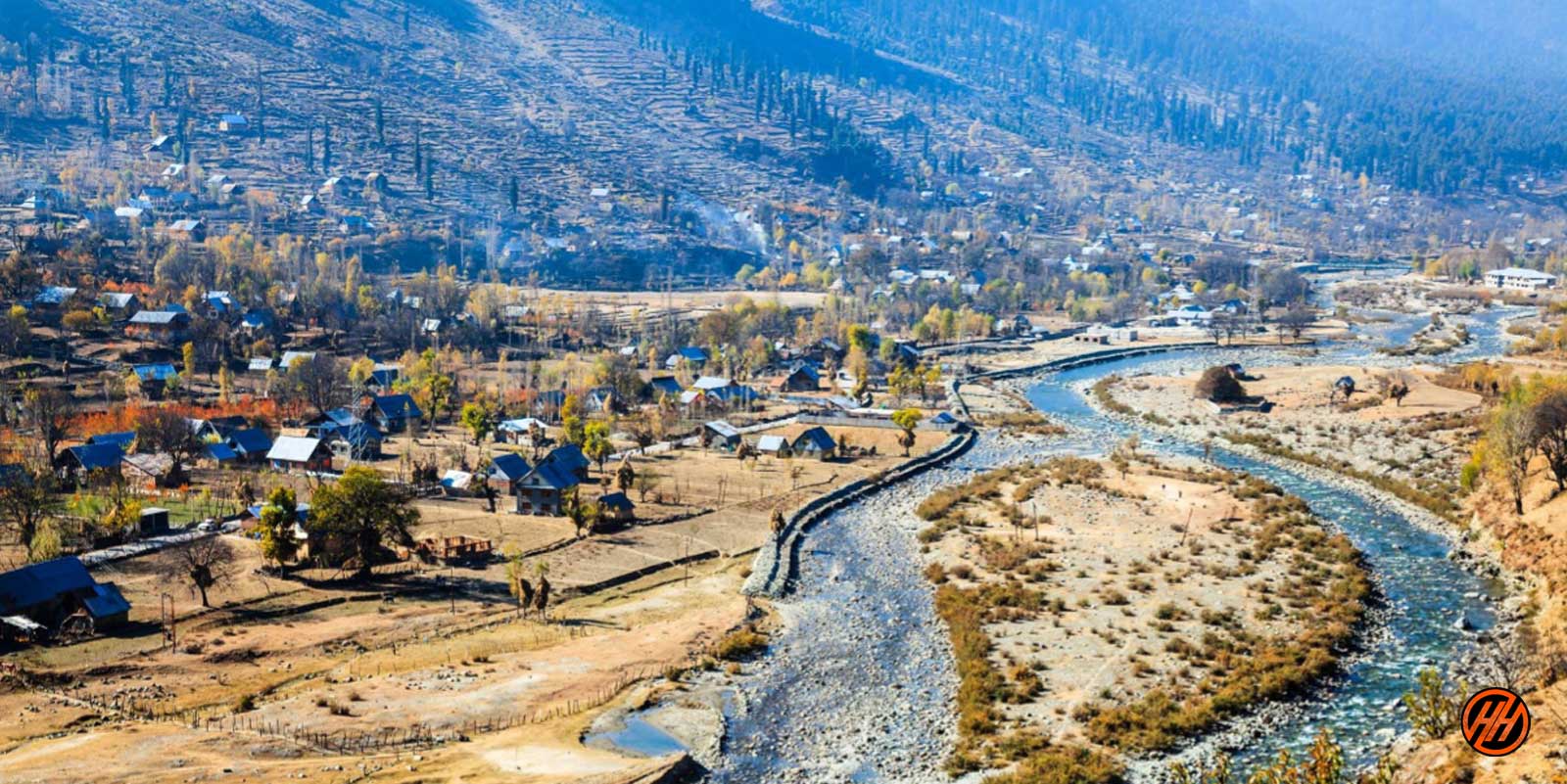
How Difficult is the Tarsar Marsar Trek?
The Tarsar Marsar trek is considered a moderate to challenging trek, suitable for experienced trekkers or those with a good level of fitness and hiking experience. The difficulty level can vary depending on factors such as weather conditions, personal fitness, and previous trekking experience. Here are some factors to consider:
Terrain: The trek involves traversing through various terrains such as meadows, forests, rocky trails, steep ascents, and descents. The terrain can be uneven and challenging at times, requiring a certain level of physical fitness and stamina.
Tarsar Marsar Trek Altitude: The trek reaches a maximum altitude of around 13,500 feet (4,115 meters) at the Tarsar Pass. Altitude sickness can be a concern, so it’s important to acclimatize properly, stay hydrated, and take necessary precautions.
Tarsar Marsar Trek Distance: The trek covers a distance of approximately 45-50 kilometers, which is typically completed in 7 days. The daily walking duration can range from 4-7 hours, depending on the itinerary and individual pacing.
Weather and Temperature: The weather in the region can be unpredictable, with cold temperatures, rain, and snow possible even during the trekking season. It’s important to be prepared for varying weather conditions and pack appropriate clothing and gear.
Camping and Facilities: The trek involves camping at various locations along the route. Basic facilities such as tents and sleeping bags are usually provided by trek organizers, but it’s advisable to check in advance. There may be limited or no access to amenities like electricity, running water, or mobile network coverage in certain areas.
Is Tarsar Marsar Trek Safe for beginners ?
The Tarsar Marsar trek difficulty level can be categorized as moderate level, especially for beginners or those with limited trekking experience. However, with proper preparation, guidance, and taking necessary precautions, it can still be a safe and enjoyable experience. Here are some points to consider:
Physical Fitness: The trek requires a reasonable level of physical fitness and endurance. Beginners should assess their fitness level and undertake suitable training before attempting the trek. Regular exercise, cardio workouts, and building stamina through hiking or walking can help prepare the body for the demands of the trek.
Guided Trek: For beginners, it’s advisable to join a guided trek where experienced guides can provide assistance, support, and knowledge about the route. They can help with navigation, and safety precautions, and offer guidance during challenging sections of the trek.
Acclimatization: Proper acclimatization is essential, especially when trekking at high altitudes. Beginners should take the necessary time to acclimatize and adjust to the altitude before attempting the Tarsar Marsar trek. It’s important to follow gradual ascent techniques, stay hydrated, and be aware of the symptoms of altitude sickness.
Safety Precautions: It’s crucial to prioritize safety during the trek. This includes following the guidance of the trek leaders, maintaining a steady pace, using appropriate trekking gear, staying hydrated, and avoiding overexertion. Understanding the risks associated with the trek, such as weather conditions or challenging terrains, is important for making informed decisions.
Preparation and Equipment: Beginners should ensure they have the necessary equipment, clothing, and gear suitable for trekking in varying weather conditions. This includes proper hiking boots, warm clothing, rain gear, a sleeping bag, a first aid kit, and other essential items. It’s advisable to consult with experienced trekkers or seek professional advice to ensure you have the right gear.
Travel Insurance: It’s always recommended to have travel insurance that covers trekking activities, including emergency medical evacuation, in case of unforeseen circumstances or emergencies.
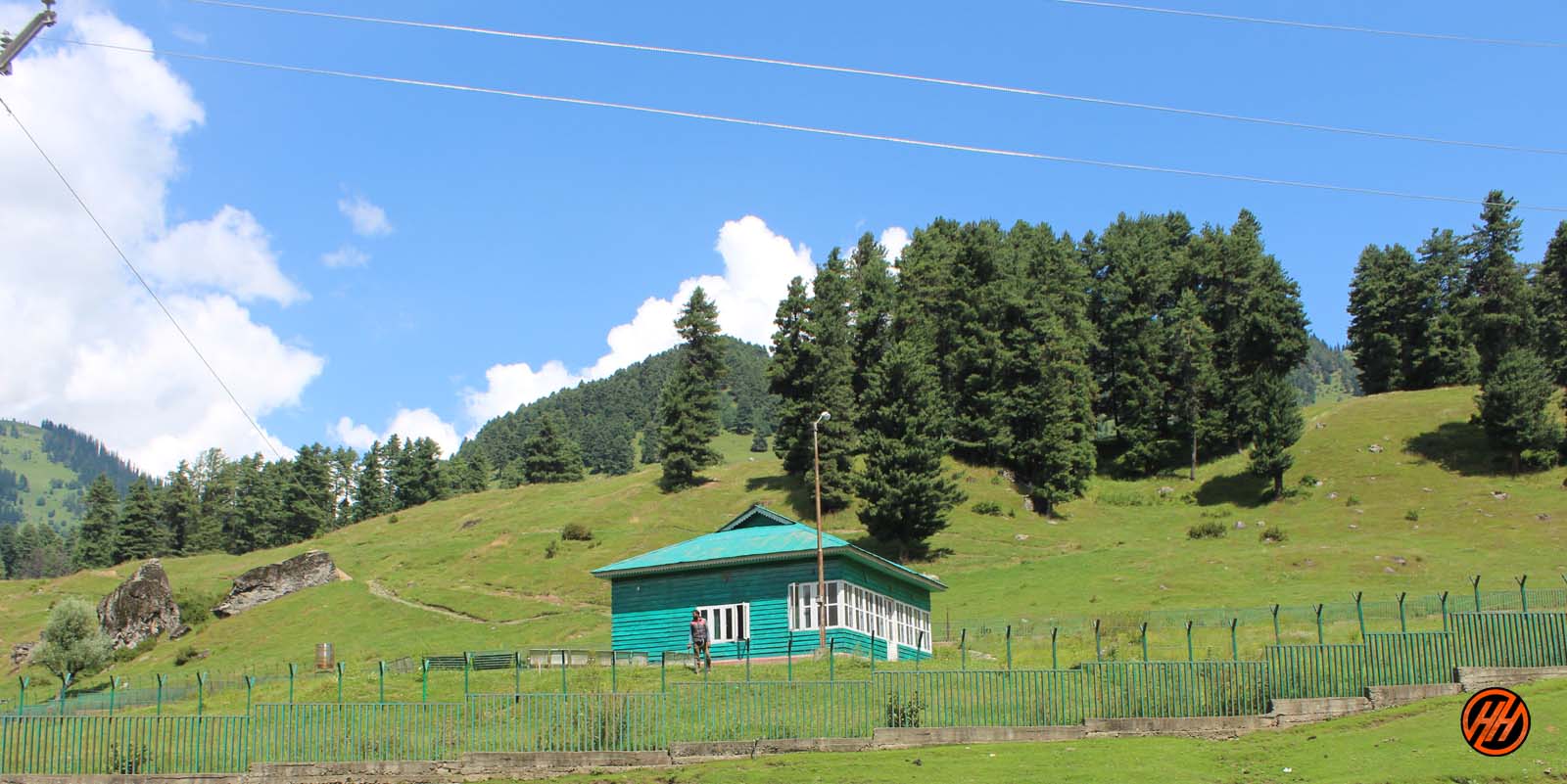
Why choose Tarsar Marsar Trek?
The Tarsar Marsar Trek is a captivating and serene trekking experience in the Kashmir Valley. Here are several compelling reasons why you should choose this trek:
1. Scenic Beauty of Kashmir
- The Tarsar Marsar Trek is renowned for showcasing Kashmir’s unspoiled natural beauty. Known as the “Paradise on Earth,” the Kashmir Valley offers a stunning mix of lush meadows, dense pine forests, snow-clad peaks, and pristine alpine lakes.
- The twin lakes, Tarsar and Marsar, are the crown jewels of the trek. These lakes are surrounded by rugged mountains and reflect the surrounding landscape, creating postcard-perfect views.
2. Unique Experience of Twin Alpine Lakes
- The trek offers the rare experience of exploring two beautiful alpine lakes: Tarsar and Marsar, each with its own charm.
- Tarsar Lake is often accessible and surrounded by meadows and wildflowers, while Marsar Lake remains more hidden and mysterious, often covered in mist and clouds.
3. Diverse Landscapes
- Throughout the trek, you’ll pass through a diverse range of landscapes—from dense pine forests and vibrant meadows to rocky mountain passes and serene lakes.
- The variety of terrain keeps the trek exciting, as each day offers something new, including lush valleys, cascading streams, and snow-dusted peaks.
4. Moderate Difficulty
- The trek is of moderate difficulty, making it accessible to trekkers with some prior experience.
- It doesn’t require technical mountaineering skills, but it offers a good mix of adventure and comfort. It’s challenging enough to be exciting, with ascents like the Tarsar Pass, but it’s still suitable for trekkers looking for a rewarding yet not overly strenuous hike.
5. Relatively Uncrowded
- Compared to more popular trekking routes like Kashmir Great Lakes or Hampta Pass, the Tarsar Marsar Trek remains relatively less crowded, allowing for a more peaceful and solitary trekking experience.
- You can enjoy the serenity of the Kashmiri wilderness without the hustle and bustle of large trekking groups.
6. Cultural Experience
- The trek gives you an opportunity to interact with the Gujjar and Bakarwal communities, nomadic shepherds who live in the mountains. Their traditional lifestyle, which is closely tied to nature, offers a glimpse into the local culture of Kashmir.
- You’ll pass through small settlements and campsites where you can learn about their customs, taste local food, and experience Kashmiri hospitality.
7. Accessible Trek
- The starting point of the trek, Aru Village, is easily accessible from Srinagar, making the trek logistically simpler for travelers.
- Srinagar, the capital of Kashmir, is well connected to major cities in India by air, and from there, it’s a scenic drive to Aru, the base of the trek.
8. Ideal for Photography
- Whether you’re a professional photographer or an enthusiast, the Tarsar Marsar Trek offers numerous opportunities to capture stunning landscapes.
- The reflection of snow-capped mountains on the still waters of Tarsar and Marsar lakes, blooming meadows, and dramatic ridgelines make this trek a photographer’s dream.
9. Best of Adventure and Tranquility
- The trek offers a perfect balance of adventure and tranquility. While crossing ridgelines and navigating high-altitude trails gives a sense of adventure, the peaceful surroundings of the lakes and meadows offer calm and relaxation.
- If you’re looking for an immersive experience in nature, away from the noise of cities, this trek provides the ideal setting for solitude and reflection.
10. Tarsar Marsar Trek Best Time to Visit: Pleasant Weather
- The trek is best done during July to September, when the weather is pleasant, the snow has melted, and the valleys are lush and green.
- The summer bloom of wildflowers and the clear, sunny days make for excellent trekking conditions, with average temperatures being comfortable during the day and cool at night.
11. Rich Biodiversity
- The trek is home to a wide range of flora and fauna. During the trek, you may spot wildlife like the Himalayan marmot, golden eagles, and various species of birds.
- The meadows are covered with colorful wildflowers in summer, adding to the overall charm of the journey.
12. Crossing the Tarsar Pass
- For trekkers looking for a sense of accomplishment, crossing the Tarsar Pass is a thrilling experience. It’s the highest point of the trek (about 13,000 feet) and offers panoramic views of the surrounding valleys, peaks, and lakes.
- The feeling of reaching this high point, with the view of Tarsar and Marsar Lakes in the distance, is truly rewarding.
Summary of Reasons to Choose the Tarsar Marsar Trek:
- Pristine alpine lakes (Tarsar and Marsar)
- Moderate difficulty, suitable for trekkers with some experience
- Less crowded, offering peace and solitude
- Cultural interaction with local shepherd communities
- Accessible from Srinagar, making it logistically easy
- Stunning landscapes for photography
- Rich biodiversity and beautiful wildflower meadows
- Ideal weather conditions from July to September
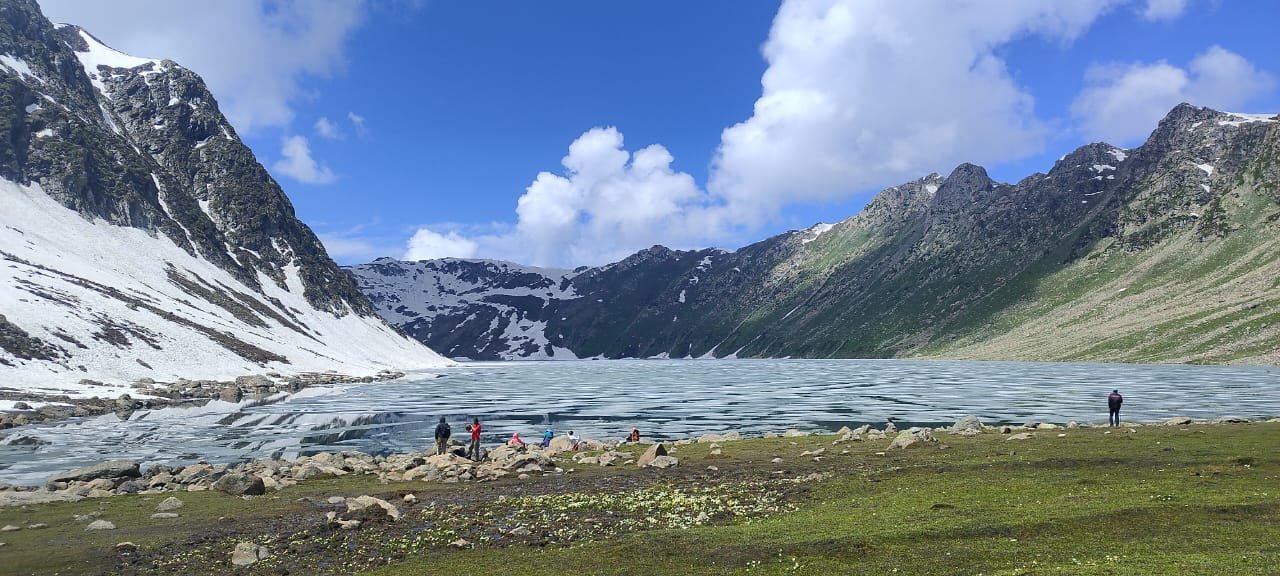
What should you keep in mind for the July, Aug, September, Season trek to Tarsar Marsar Trek?
If you’re planning a trek to Tarsar Marsar during the peak season of July, August, or September, there are several important factors to keep in mind to ensure a safe and enjoyable experience. Here’s a comprehensive guide on what you should know for the trek during this period:
1. Weather Conditions
July:
- Weather: July is the start of the trekking season for Tarsar Marsar. The snow has melted in most parts, and the meadows are lush and green.
- Temperature: Daytime temperatures are typically around 15-20°C (59-68°F), while nighttime temperatures can drop to 0-5°C (32-41°F).
- Rainfall: July can see occasional rain, so be prepared for wet weather.
August:
- Weather: August is one of the best months to trek. The weather is generally clear, with little rain and comfortable trekking conditions.
- Temperature: Similar to July, the daytime temperature remains around 15-20°C (59-68°F), with colder nights.
- Meadows and Flowers: August is the prime time to witness blooming wildflowers and lush green meadows.
September:
- Weather: September is the tail end of the trekking season. The weather is generally stable, but temperatures begin to drop significantly, especially at night.
- Temperature: Daytime temperatures can range from 10-15°C (50-59°F), while nighttime temperatures can drop below 0°C at higher campsites.
- Snowfall: There is a possibility of early snowfall in late September, especially at higher altitudes near Marsar Lake.
2. Trekking Gear & Packing List
Clothing
- Layered Clothing: Weather can fluctuate, especially at high altitudes. Carry moisture-wicking base layers, insulating layers like fleece, and a waterproof/windproof outer layer.
- Thermals: Essential for night-time, especially in September when temperatures drop.
- Waterproof Gear: July and August can bring sporadic rain, so carry a high-quality rain jacket and waterproof backpack cover.
- Trekking Pants: Quick-dry trekking pants and thermals for colder sections.
- Warm Hat & Gloves: Required for chilly mornings and nights.
- Socks: Woolen or thermal socks for warmth, plus moisture-wicking trekking socks for day hikes.
Footwear
- Trekking Boots: Waterproof boots with good ankle support are a must for uneven, sometimes wet terrain.
- Camp Shoes: Lightweight shoes or sandals for relaxing at the campsite.
Accessories
- Trekking Poles: Help with balance and reduce strain on knees during ascents and descents.
- Sunglasses & Sunscreen: High-altitude sun can be harsh. Use polarized sunglasses and high SPF sunscreen.
- Headlamp: Necessary for nights at camp and early morning starts.
3. Safety & Health
Altitude Acclimatization
- The Tarsar Marsar trek altitude reaches a maximum height of 13,201 feet (4,024 meters) at Marsar Lake, so it’s crucial to give your body time to adjust to the altitude to prevent Acute Mountain Sickness (AMS)
- Stay Hydrated: Drink plenty of water to help with acclimatization.
- Slow Ascent: Pace yourself and don’t rush through the trek. The itinerary is structured to allow for gradual altitude gain.
- AMS Symptoms: Be aware of symptoms like headache, dizziness, nausea, and difficulty sleeping. If symptoms persist, descend to a lower altitude.
Rain and Mud
- The trail can get muddy in July and August due to rain. Be prepared for slippery sections by wearing good-quality trekking boots with excellent grip.
- Rain Gear: Keep essential items like your clothes and sleeping bag dry by packing them in waterproof bags.
4. Permits and Entry Formalities
- You will need permits to trek in Kashmir. These can be arranged through your trekking operator or from the local authorities.
- Carry identity proof (like a passport or Aadhaar card) and a couple of passport-size photographs.
- Depending on the political situation in the region, you may encounter checkpoints. Be cooperative with local authorities and always carry the required documents.
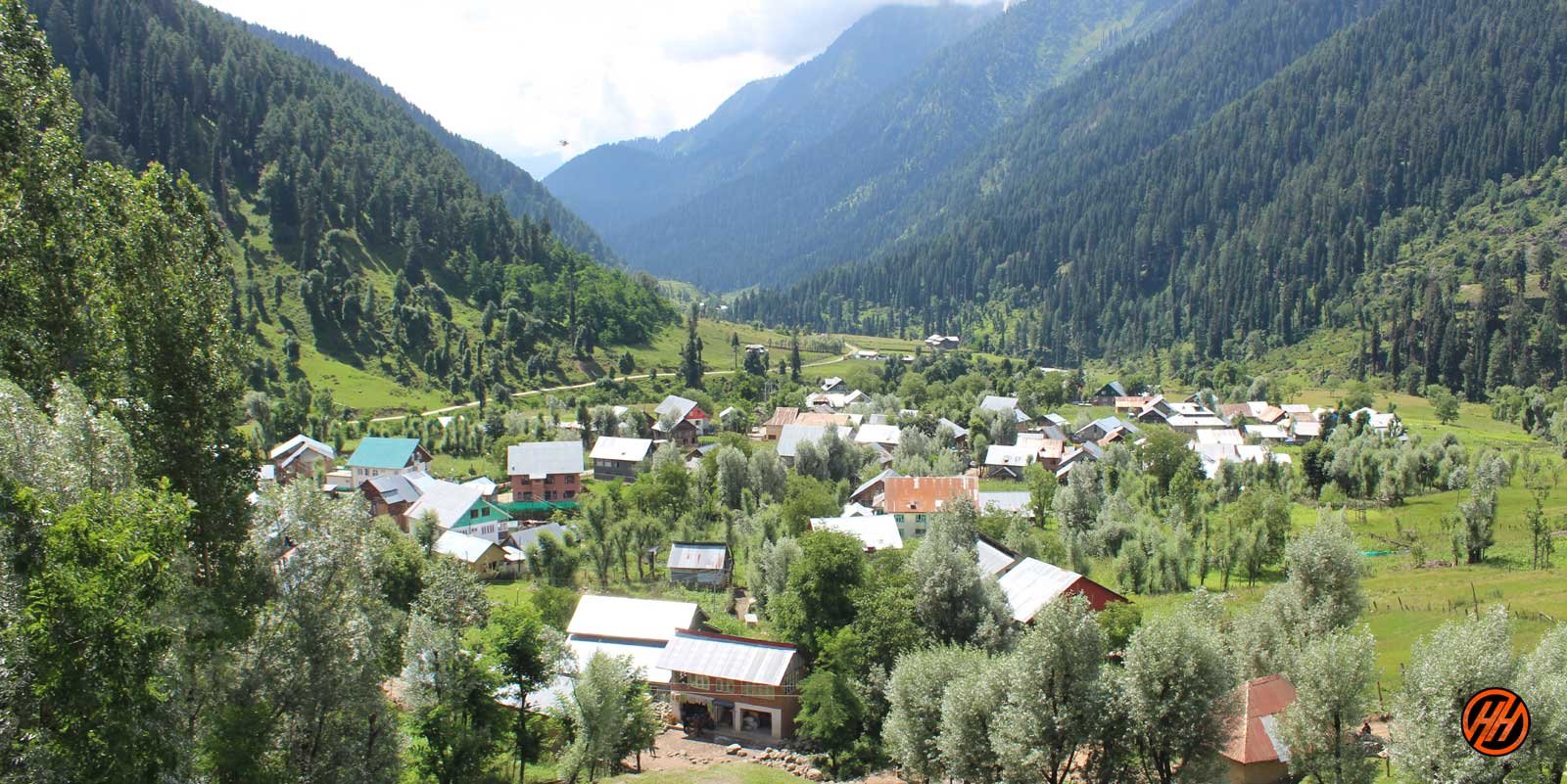
How to Reach TRC Srinagar for the Tarsar Marsar Trek?
Reach to TRC (Tourist Reception Centre) in Srinagar, the starting point for many treks, including the Tarsar Marsar Trek, here’s a detailed guide:
1. By Air: Reaching Srinagar
The nearest airport to TRC Srinagar is the Sheikh ul-Alam International Airport (Srinagar Airport – SXR). It’s well-connected to major cities in India like Delhi, Mumbai, Bangalore, and Chandigarh. Once you land at Srinagar, you can reach the TRC as follows:
- Tarsar Marsar Trek Distance from Srinagar Airport to TRC: 12 km (around 30 minutes by car).
- Options to Reach TRC from Airport:
- Taxi: Prepaid taxis are readily available at the airport. The fare is approximately ₹600–₹900, depending on the type of car and time of day.
- Airport Shuttle: Some hotels and travel agencies offer shuttle services from the airport to TRC.
2. By Road: Reaching Srinagar
If you’re coming by road, Srinagar is connected to nearby cities by National Highway 44. Key routes include:
- From Jammu: Srinagar is around 270 km from Jammu and can be reached via NH 44. The drive takes approximately 8–9 hours.
- From Delhi: If you’re driving from Delhi, the distance is around 870 km, and the trip takes about 18–20 hours. You can break the journey at Jammu.Bus Services:
- Jammu to Srinagar: JKSRTC (Jammu & Kashmir State Road Transport Corporation) runs regular bus services from Jammu to Srinagar. Semi-deluxe and deluxe buses are available.
- Private Bus Operators: Several private bus operators offer overnight bus services to Srinagar from Jammu.
Once you arrive at Srinagar’s bus stand, you can take a local taxi or auto-rickshaw to TRC.
3. By Train: Reaching Jammu, then Srinagar
There is no direct train service to Srinagar. The nearest major railway station is Jammu Tawi.
- Jammu Tawi Railway Station: It is around 270 km from Srinagar. From Jammu Tawi, you can either take a shared taxi, private cab, or bus to Srinagar.
- Shared Taxi: A shared taxi to Srinagar costs approximately ₹500–₹700 per person. The journey takes around 8–9 hours.
- Private Taxi: A private taxi would cost around ₹3,500–₹5,000, depending on the vehicle.
- Bus: There are both government and private buses that operate between Jammu and Srinagar (8–10 hours).
4. Reaching TRC Srinagar from Srinagar City
- Taxi or Auto-Rickshaw: Once you’re in Srinagar, TRC is centrally located in the city and can be easily reached by taxi or auto-rickshaw. Most locals are familiar with the TRC.Approximate Distance:
- From Dal Gate: 2 km (10 minutes by car/auto)
- From Lal Chowk (City Center): 2 km (10 minutes by car/auto)
5. Starting Your Trek from TRC Srinagar
- After arriving at TRC, you’ll either join your trekking group or board transport to Aru Village (the base camp of the Tarsar Marsar Trek). The Tarsar Marsar trek distance from Srinagar is about 112 km.
- The drive from Srinagar to Aru takes around 3–4 hours by car or shared taxi.
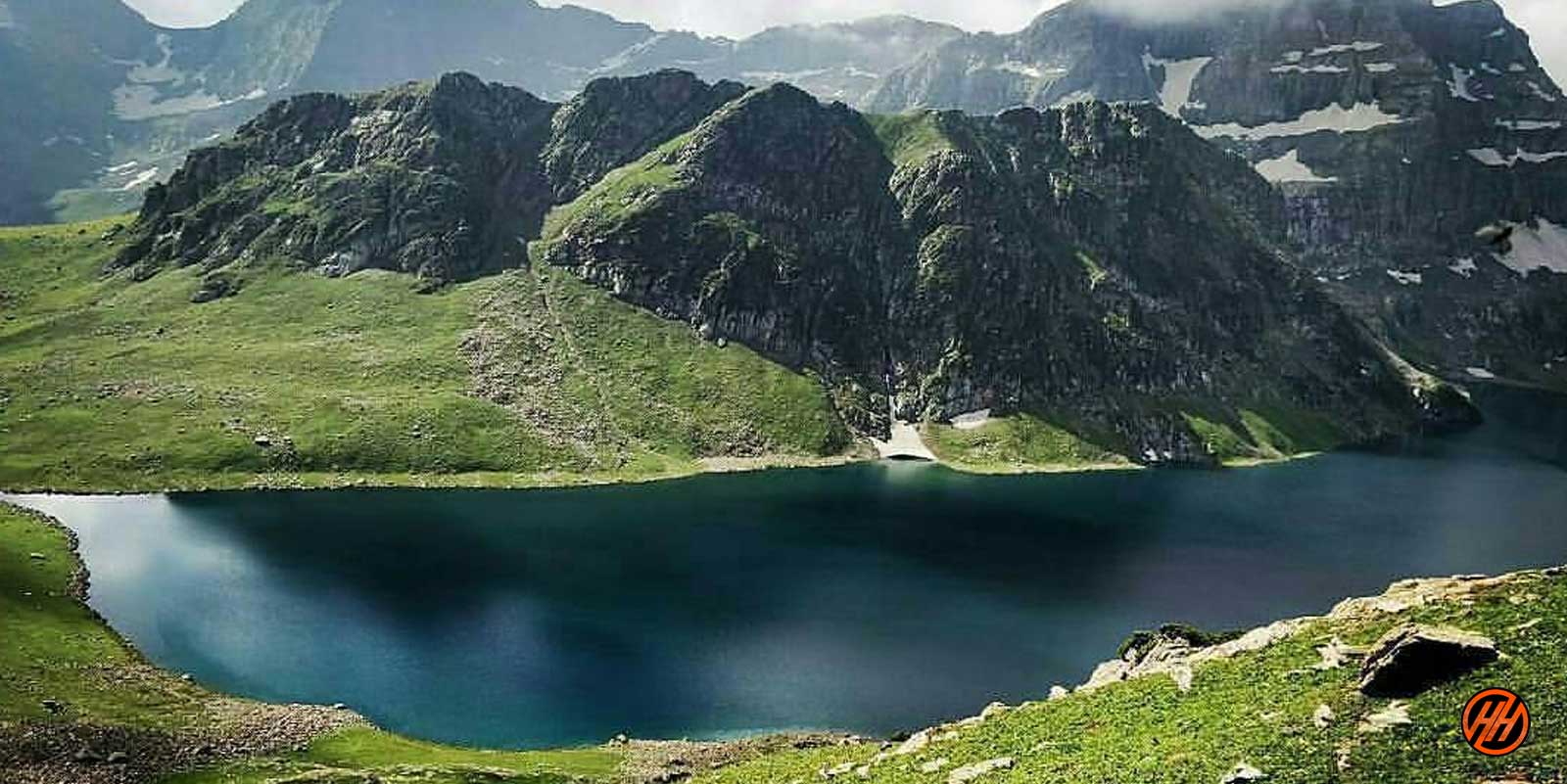
Will there be electricity in the Tarsar Marsar trek
No, there is no electricity available at the campsites on the Tarsar Marsar Trek. Once you leave the base camp at Aru Village, which is the last point with basic facilities like electricity and mobile charging, you will be off the grid for the rest of the trek.
Here’s a guide on how to manage without electricity on the trek:
1. Power Banks
- Carry high-capacity power banks (10,000 mAh or more) to charge your phone, camera, or other electronic devices.
- Ensure that all your devices and power banks are fully charged before leaving Aru Village.
2. Solar Chargers
- Consider bringing portable solar chargers. These can be used during the day to charge your devices as you trek or at your campsite.
- Make sure they are lightweight and durable, as you’ll need to carry them with you.
3. Battery Management
- Minimize usage of electronic devices to conserve battery. Turn off unnecessary apps or keep your phone in airplane mode to save battery life.
- Bring spare batteries for your camera, especially if you’re planning to take a lot of pictures.
4. Lighting at Night
- Carry a headlamp or torch with extra batteries. This will be essential for moving around the campsite in the evenings or early mornings.
- Some solar-powered lanterns can be useful as well for lighting your tent or campsite.
5. Local Facilities
- At Aru Village, which is the start and endpoint of the trek, you may find some local homestays or shops offering charging services (for a fee), but don’t rely on them for the entire trek as the availability can be inconsistent.
6. Prepare for Cold Nights
- Since there’s no electric heating, be prepared for cold nights by bringing sufficient warm clothing, such as thermal layers, down jackets, and high-quality sleeping bags rated for sub-zero temperatures.
What we do during an emergency breakout in the Tarsar marsar Trekking?
Trekking in the Himalayas is not a cup of tea but it is a rewarding experience. However, it’s important to keep things in mind when it comes to Safety. One must know about the weather conditions, the altitude gain, fitness and other factors that can wreck your experience. In such adverse conditions, you are solely responsible for your well being and act maturely.
Read About Safety Tips For Safe Trekking
Preparations before the Tarsar Marsar Lake Trek
You’ve to understand that treks are away from cities and medical help is not always easily available. So, if you are heading for an adventurous trekking trip, stick to certain trekking guidelines and tips. Following these simple tips will help make the trek more fun and experiential for you as well as your fellow trekkers.
These tips and guidelines cater to useful and requisite information about your fitness training, packing and health precautions to be taken before and during the trek.
Firstly, when you start, target 5 km in 40 minutes
Then gradually increase your pace by running at least 4 times a week. Then try to bring it down to 5 km in less than 37 minutes
If you are a person who prefers cycling over running then your target must be 22 km means you should be able to cover 22 km in 60 minutes.
Walking is a great exercise that gives great shape to your legs and your body. It helps in burning calories and cut down excess weight and strengthens the heart.
Jogging is effective in increasing the human lifespan and makes your lungs stronger. It is an aerobic activity that requires a lot of oxygen. This is a great exercise for fighting obesity and staying healthy.
Squats are the best form of functional exercises to improve stability. They also strengthen your legs, thighs, hips, and hamstring.
Another great cardiovascular exercise is pushing your body upstairs after stairs. This is regarded as the best exercise for increasing strength and power
What we do during an emergency breakout in the Tarsar Marsar Trek?
First of all, the safety of trekkers is much more for us, if you see in the trek, then there are all the risks, which I do not think about.
Himalayan Hikers worry more about you that no one should ever have any problem in the trek.
What should we and you keep more safety in the trek
- Whenever you are going for any trek, it is very important that you go completely fit and ready.
- The trek is not difficult, if you make your feet and your mind calm and strong, you will find the trek very easy.
- While trekking, keep in mind that you are walking on the right route or not always with your guide.
- Most people look somewhere and where they are walking, this can cause twitching in your legs, which can ruin your entire trek.
- It is important to ask your doctor if you have any medical problems
- I should always keep my medical kit with me, it is very important.
- Himalayan Hikers always keep a medical kit with you, such as oxygen cylinders, medicine to be given in emergency on the trek
- If any trekkers have any more problems, then they are brought back to the base camp by laying them in the stretcher.
- Our camp in Tarsar marsar trek is around the 6000 feet to 13000 feet where you can not have any problem of oxygen
- In case of any medical problem, the help of your guide or well-informed trekkers should be taken
- If there is major health problems in Tarsar marsar trek , then Nearest Hospital is in Srinagar which is about 112 Kms away from Tarsar Marsar Trek
- Along with the trek we keep getting acclimatization.
Trekking Fitness Training – Best Workouts for Strength & Stamina
Trek Fitness Chart
Before embarking on a trek, trekkers need to prepare their bodies physically. Trekking can be demanding, and it requires a certain level of physical fitness to avoid injury and fully enjoy the experience. Here are some important fitness considerations for trekkers:
Cardiovascular endurance: Trekking involves walking long distances and often at high altitudes, which can be challenging for the cardiovascular system. Cardiovascular exercises such as running, cycling, or swimming can help improve endurance.
Strength training: Trekking requires strength in the legs, core, and upper body. Strength training exercises such as squats, lunges, planks, and push-ups can help build the necessary strength.
Flexibility and balance: Trekking involves navigating uneven terrain and often requires the body to move in different directions. Stretching exercises and activities that improve balance such as yoga or Pilates can be helpful.
Altitude acclimatization: If you’re planning a high-altitude trek, it’s important to acclimatize properly. This means gradually increasing your altitude over a period of days to allow your body to adjust to the lower oxygen levels.
Mental preparation: Trekking can be mentally challenging, so it’s important to prepare yourself mentally as well. Practicing mindfulness, meditation, or other stress-reducing techniques can be helpful.
It’s important to remember that everyone’s fitness level and needs are different, so it’s a good idea to consult with a doctor or fitness professional before starting any new exercise program.
FAQ for the Tarsar Marsar Trek with Himalayan Hikers, providing detailed information to help you prepare for the trek:
1. What is the altitude of the Tarsar Marsar Trek?
- The highest point of the trek is at 13,201 feet (4,024 meters) at Marsar Lake.
- The trek covers a variety of altitudes, starting from Aru Village at around 7,900 feet (2,408 meters).
2. What Is Tarsar Marsar Trek Difficulty Level?
- The trek is of moderate difficulty, suitable for trekkers with some prior experience.
- While it doesn’t involve technical climbing, it includes steep ascents, rocky terrain, and river crossings.
- Daily trekking involves around 5-7 hours of walking.
3. What is the best time to do the Tarsar Marsar Trek?
- The best time for the trek is from July to September.
- July and August: Expect lush green meadows and blooming wildflowers. However, there can be occasional rains.
- September: Weather is more stable, and the meadows are still beautiful, though temperatures can drop significantly at night.
4. How do I reach the starting point (Aru Village)?
- You need to first reach Srinagar. From Srinagar, Himalayan Hikers will arrange transport to Aru Village, which is approximately 112 km away and takes around 3–4 hours by road.
- The trek officially begins from Aru Village, where you’ll spend your first night before starting the trek.
5. Do I need prior trekking experience for the Tarsar Marsar Trek?
- Yes, prior trekking experience is recommended, as the trek involves moderate to difficult terrain, high altitudes, and long trekking days.
- Good physical fitness is essential to cope with altitude changes and steep sections.
6. What kind of accommodation is available during the trek?
- During the trek, you’ll stay in tents at designated campsites such as Lidderwat, Shekwas, Tarsar Lake, and Sundarsar Lake.
- Himalayan Hikers provides high-quality, weather-resistant tents on a twin-sharing basis. Sleeping bags and sleeping mats are also provided.
7. Will there be electricity on the trek?
- No, there is no electricity during the trek. Once you leave Aru Village, you will not have access to charging points.
- Carry power banks and solar chargers to keep your electronic devices powered during the trek.
8. What are the food and meal arrangements?
- Himalayan Hikers provides nutritious vegetarian meals throughout the trek, including breakfast, lunch, dinner, and snacks.
- Meals typically include rice, dal, vegetables, chapati, and snacks like tea, coffee, and soups.
- Packaged snacks like energy bars and dry fruits are provided during the trek for energy boosts.
9. What should I pack for the trek?
- Clothing: Layered clothing including thermals, fleece jackets, down jackets, and waterproof rain gear.
- Footwear: Waterproof trekking boots with good ankle support.
- Backpack: 40-50L backpack for essentials, and a smaller daypack for daily treks.
- Accessories: Trekking poles, sunglasses, sunscreen, woolen socks, gloves, and a headlamp.
- Sleeping Bag: Provided by Himalayan Hikers, but you may carry your own if you prefer.
10. Is there network connectivity on the trek?
- No mobile network is available once you start the trek from Aru Village. Prepare to be off-grid during the entire trek.
- Guides may carry a satellite phone for emergencies, but it’s not for personal use.
11. Is it safe to trek in Kashmir?
- The Tarsar Marsar region is considered safe for trekking, and the trail is frequently trekked during the season.
- Himalayan Hikers ensures all safety protocols are followed, and local guides are familiar with the terrain and current conditions.
- However, it’s important to stay informed about the general security situation in Kashmir and consult your trekking operator for any updates.
12. What kind of wildlife and flora can I expect?
- The region is rich in flora and fauna, especially during July and August, when the meadows bloom with wildflowers like the Himalayan blue poppy.
- Wildlife includes Himalayan marmots, golden eagles, and various species of birds.
- Be cautious of shepherd dogs as they tend to be protective of their herds.
13. What about altitude sickness?
- The trek ascends to a high altitude of over 13,000 feet, so there’s a chance of experiencing Acute Mountain Sickness (AMS).
- Himalayan Hikers plans the itinerary to allow for gradual acclimatization, and guides monitor trekkers for signs of AMS.
- Stay hydrated and report any symptoms like headaches, dizziness, or nausea to the guide immediately.
14. What kind of support staff will be on the trek?
- The trekking team will include guides, porters, and cooks.
- Guides are experienced and knowledgeable about the local region, and porters can assist with carrying heavier loads if necessary (for an additional charge).
- Himalayan Hikers staff also ensures that safety measures are in place, such as carrying first aid kits and checking on trekkers’ health throughout the journey.
15. Are permits required for the Tarsar Marsar Trek?
- Yes, permits are required to trek in the Kashmir Valley.
- Himalayan Hikers arranges all necessary permits and formalities for the trek. Make sure to carry identity proof and passport-size photographs for the permit process.
16. What is the cancellation policy?
- Cancellation policies vary depending on the terms set by Himalayan Hikers. Usually, partial refunds are provided if the cancellation is made a certain number of days before the trek start date.
- It’s recommended to check their cancellation and refund policy in advance when booking.
17. What kind of fitness level is required?
- A moderate level of fitness is required. You should be able to walk for 6-7 hours daily with a light backpack.
- It’s advisable to prepare by doing cardio exercises, strength training, and hiking before the trek to build stamina and endurance.
18. Are there any special rules for the trek?
- Respect local culture and customs. Kashmir is a sensitive region, so be mindful of the local communities and their way of life.
- Follow the principle of Leave No Trace, meaning carry all waste (including plastic) back with you to prevent littering the environment.
19. Can I trek solo, or is it better to go with a group?
- It is recommended to trek with an organized group, especially with Himalayan Hikers, as they provide local expertise, logistical support, safety measures, and ensure you enjoy a hassle-free experience.
- Solo trekking in Kashmir is not common, and it’s better to trek with an experienced guide due to the terrain and remote nature of the region.
20. How do I Book the Tarsar Marsar Trek with Himalayan Hikers?
- You can book the trek directly through the Himalayan Hikers website or by contacting them via phone or email.
- They will guide you through the booking process, payment, and provide you with a detailed itinerary and packing list.

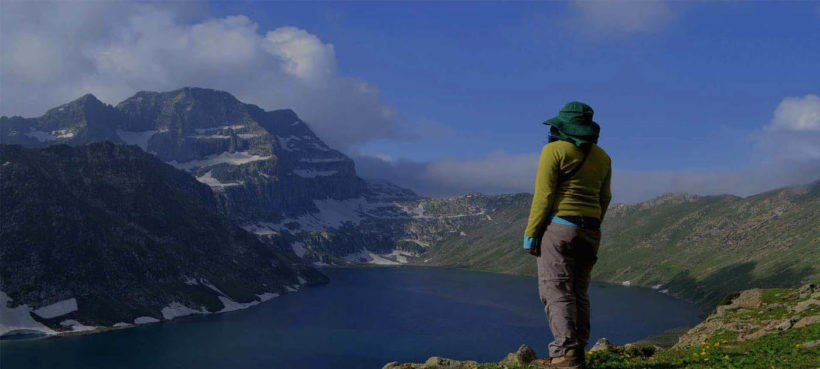
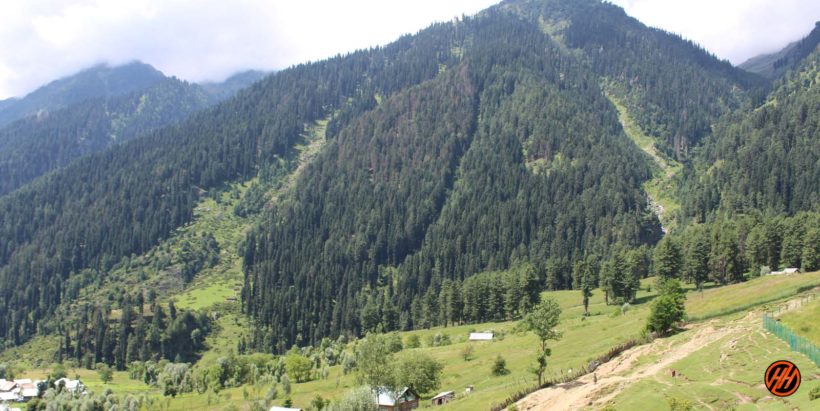
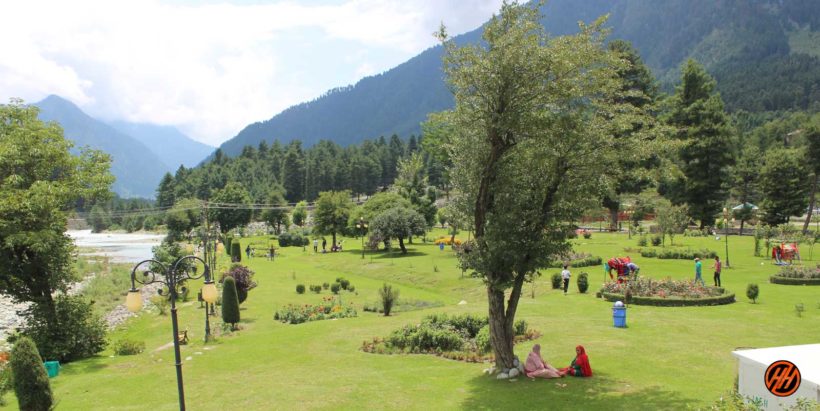
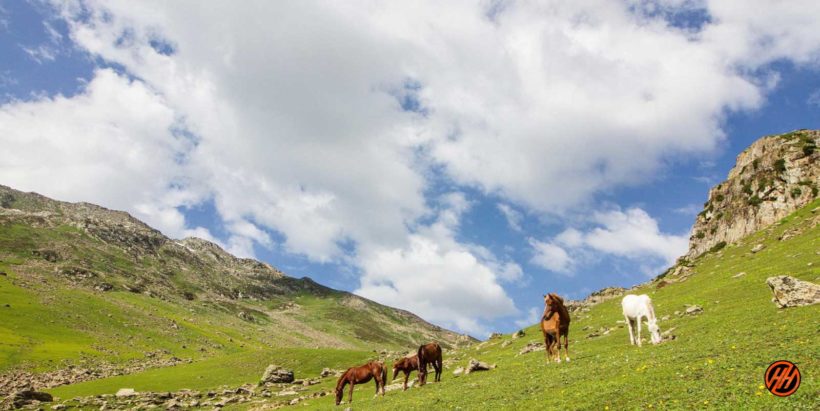
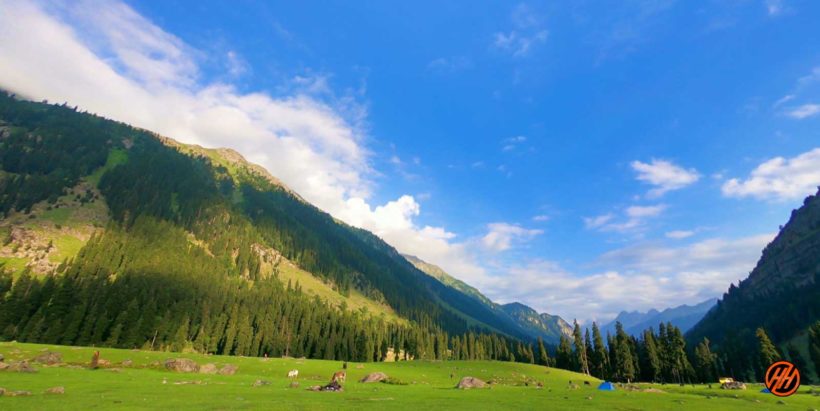
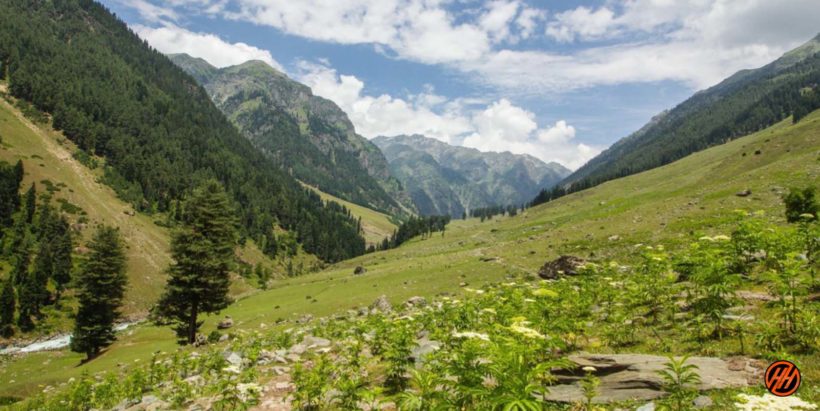
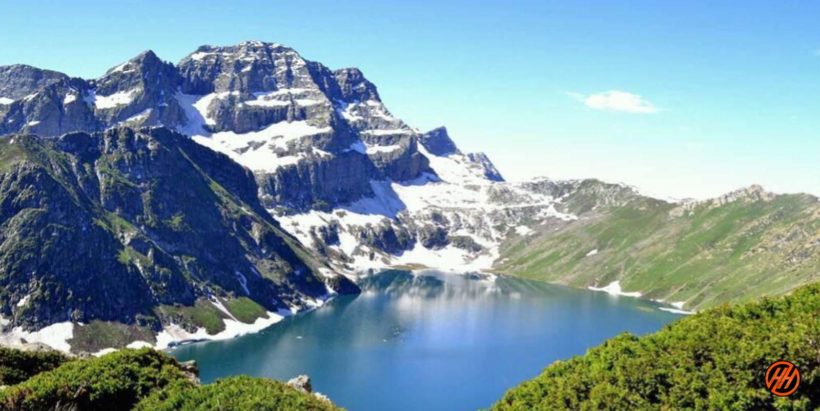
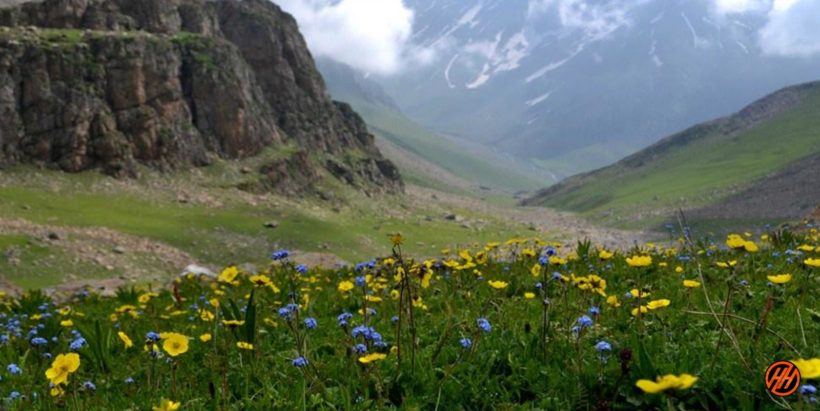
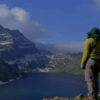
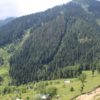
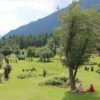
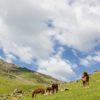
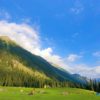
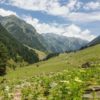
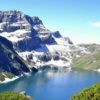
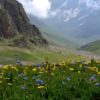
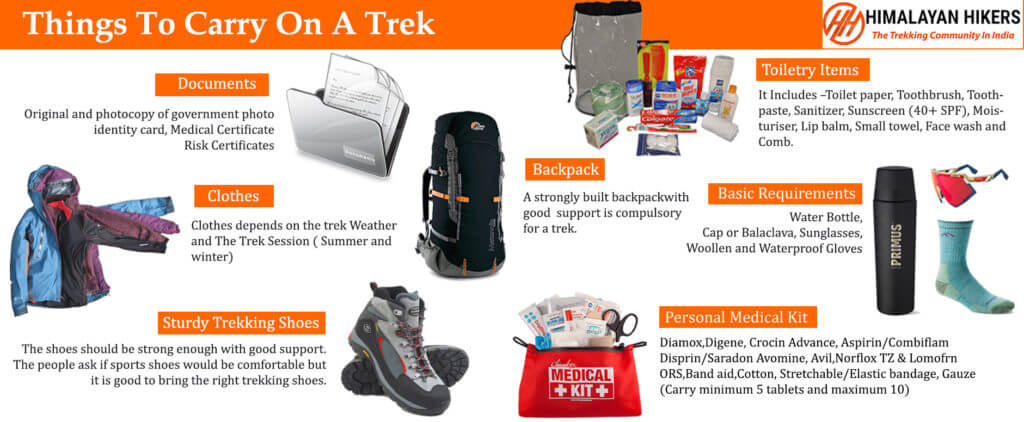



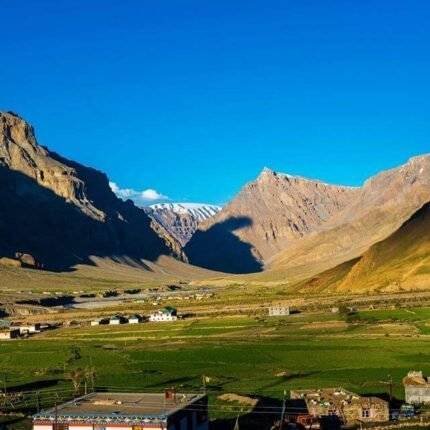
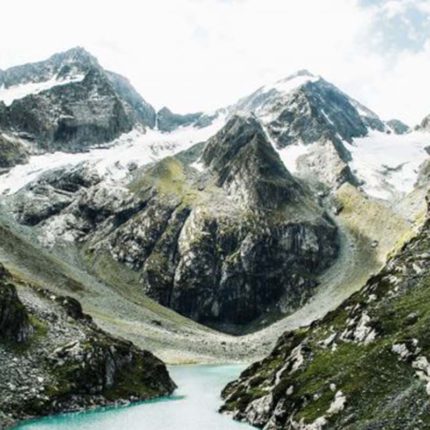
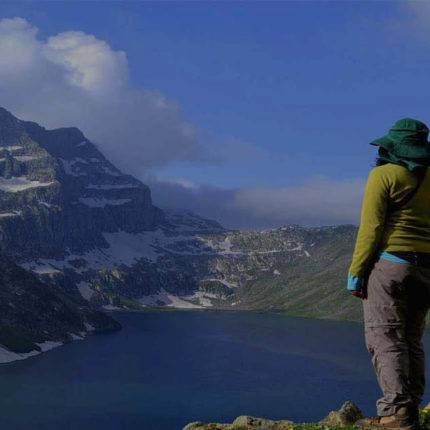
Kiran Shandilya –
Really a very good team Himalayan Hikers ?
Professional trek leaders / guides , good porters, very good behavior from all of the Himalayan Hikers team / staffs. tarsar marsar trek our 5th trek with them and no problem arises till date with a complete end to end services of Himalayan Hikers team. Really highly satisfied, Keep it up team, we will meet soon ???
haritha singh –
Have done Tarsar marsar trek with Himalayan hikers 2018 Extremely well trained trek leaders, Food and Camp is well taken care of such that it suits the conditions, and is also tasty. The local people they hire as support staff are very humble, friendly and will help you with anything they can in their capacity if you ask them for.
Rahul Kumar –
Best experience with himalayan hikers this is best trekking organisation
Priyanka dee –
Extraordinary experience. Guide (Pravesh) was very helpful and knew the trek routes very well. Great food (lunch dinner and breakfast including healthy soup, hot and coffee) was provided as well as tents with sleeping bags and necessary equipment. I definitely recommend Himalayan Hikers for any nature lover and for anyone who enjoys trekking.